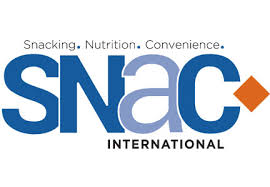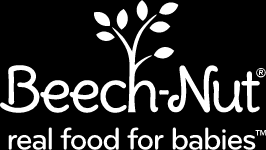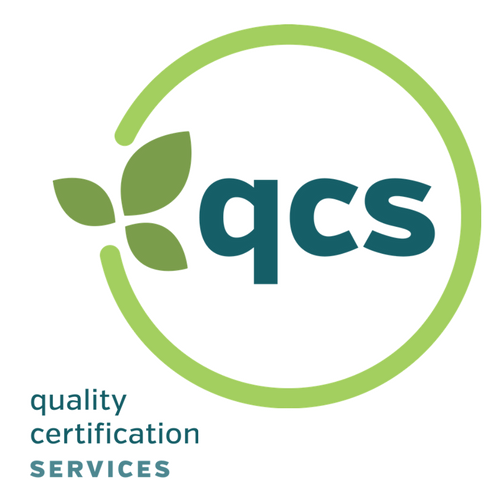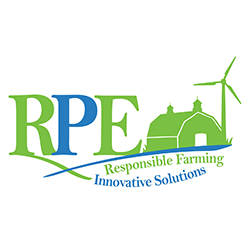Flashfood, an app marketplace that seeks to both reduce food waste and increase consumers’ access to nutritious and affordable food by connecting shoppers with fresh produce, meat and other groceries nearing sell-by dates at up to a 50% discount, recently released its third annual “Impact Report: The Future of Waste is Health.”
In addition to exploring what the Toronto-based company says is the growing connection between food waste and the health and nutrition crisis, the report includes the results of its first-ever GHG assessment as well as results from its shopper insights survey on the health outcomes of Flashfood.
To learn how Flashfood is moving the needle on food waste and fresh produce consumption, The Packer recently connected with Flashfood CEO Jordan Schenck.
What result from your shopper survey surprised you most and why?
Schenck: The fact that 70% of our shoppers report a healthier diet since using Flashfood. We had a strong hypothesis that this would be true, but 70% is a very profound impact. This is the health and nutrition multiplier that the world needs today. It makes it all the more important that we continue to scale Flashfood and make it accessible to more people.
Flashfood’s Impact Report points to research indicating consumers are eating more ultra-processed foods due to rising food costs. What are the economic benefits of using the Flashfood app for both retailers and consumers?
For consumers, Flashfood enables the purchase of perfectly good food — produce, meat, dairy, fish and other whole foods for up to 50% off. Our No. 1 selling item is the Flashfood Produce Box, a 10-pound box of mixed fruits and vegetables sold for $5. When we make more nutritious foods more affordable, that’s what people purchase. People don’t actually want to buy ultra-processed items.
For retailers, there’s a number of economic benefits. They’re making money on food they were previously throwing away. They’re reducing their waste disposal costs, and they’re bringing in new shoppers who make additional trips and incremental purchases in-store per visit. They’re also providing a service their customers really want and really appreciate, and reaching Flashfood’s 1.5 million shoppers without any marketing spend.
There’s obviously a health benefit to increasing consumer access to fresh food. What kind of impact has Flashfood had on health and nutrition?
This shopper survey is really the first time we’ve measured the health and nutrition outcomes of Flashfood. It demonstrates to us that there’s a lot more to dig into, and we’d love to find an academic research partner to study this more. The food-as-medicine world is really expanding right now, and we’d love to get Flashfood into the conversation as a true, impact-driving solution for health and nutrition right now.
Are sell-by dates one of the biggest challenges to reducing food waste? If so, why and how do we overcome this hurdle?
It’s certainly on this list — consumer confusion around sell-by dates is absolutely a contributor to food waste. The important takeaway from our side is that there’s a massive opportunity in standardizing best-by dates and consumer education to reduce food waste. That’s easy, and it’s right on the table.
Flashfood posted some impressive numbers on produce boxes sold in 2024. Where do you hope to take these numbers in 2025 and how will you reach that goal?
We sold over 1.3 million boxes of produce in 2024. We’d love to hit 3 million in 2025. The produce box is far and away our most popular item on the app. People love access to fresh fruits and vegetables at affordable prices.
Flashfood measured and reported its carbon emissions for the first time. What are your key takeaways from this exercise and have you set goals for the year ahead?
As expected, since we’re a software company without in-person offices, our largest carbon category is Scope 3 emissions (purchased goods and services, employee travel). That means many of the opportunities for improvement are primarily related to the vendors we work with as well as the amount and destinations we’re traveling. We are working with our GHG accounting partner Brightly to identify paths for improvement.
How many retail partners does Flashfood currently have and how many do you hope to gain in 2025?
Flashfood has approximately 2,000 grocery stores on the platform today and hopes to double that figure in the next year. Expansion to additional stores and new markets is our top focus as an organization.
How much food is saved in a year when a new retail partner joins Flashfood?
That’s a great question! It varies store to store based on how much the individual store is posting to the app, but on average, Flashfood diverted more than 16,000 pounds of food per store on the platform. That’s based on our total diversion figure and the number of stores we have.
Flashfood developed a tool specifically for independent grocers. Why was this needed and how has it helped indies fight food waste?
For starters, it’s a large market. Independently owned grocery stores account for 33% of all grocery sales in the U.S. with more than 20,000 stores. In Canada, there are nearly 7,000 independent stores with 11.9% of market share. These grocery stores also play an especially important role in providing food access in rural and hyper-urban communities.
At the same time, they’re facing unique challenges in an already difficult retail climate. They have to compete against larger grocers, they don’t necessarily have the funding to invest in traditional technology platforms and they are facing the same labor constraints as conventional grocers. We wanted to offer a platform designed for independent grocers that can provide them with the same benefits that Flashfood drives for enterprise grocers: an additional source of income, a marketing tool to reach and bring in new shoppers and a driver of incremental sales.
Today we have more than 100 independent stores on the platform, and we’re adding new stores every day. One of the strengths of independents is they are nimble and can move quickly, and our independent offering was designed to meet that skill set.



















